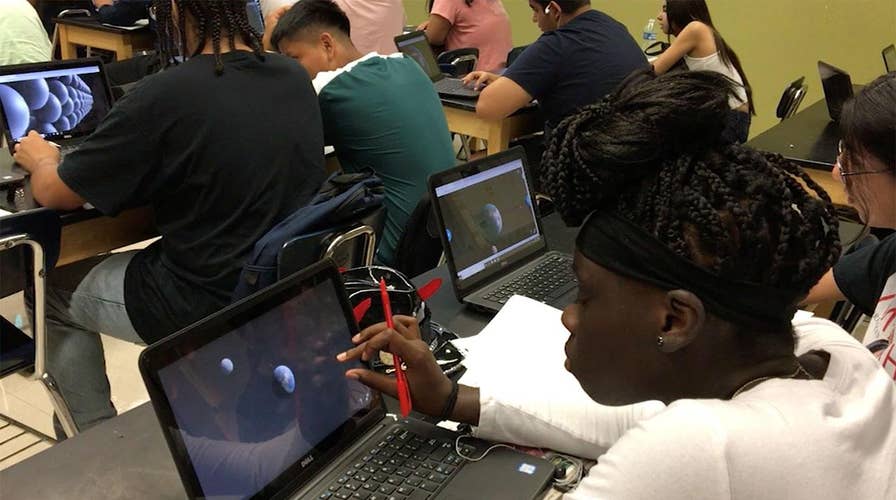Virtual field trips trending in classrooms
With the tech becoming more accessible, companies are providing free virtual field trips for teachers to implement into their lesson plans.
TEMPE, Ariz. – It’s back-to-school season and students could be visiting the majesty of the Grand Canyon, the convolutions of the human brain, the depths of the ocean, or even the barren landscape of Mars — all without ever leaving the classroom.
Indeed, as technology grows and becomes more readily accessible, more teachers are taking their students on field trips using virtual reality.
“Because I'm a veteran teacher, 27 years, when I started this technology was nowhere. But now, watching the kids explore and get to see these things, I'm exploring because I was never able to do this either,” said Denise Hawkins, a drama teacher at Camelback High School in Phoenix. “And it's really invigorated me and made me feel like I'm doing a better job at teaching this. … I'm glad I'm able to bring them to these places that we never could go before.”
Places like the old ruins of Greek and Roman theaters are where Hawkins has taken her Greek theater drama students so far this year from her Arizona classroom. For Hawkins, school has been in session for a month and it’s her first year using the virtual reality field-trip technology. Since her classroom doesn’t have a laptop lab, she has her students go on the trips via smartphones or tablets.
CLICK HERE TO GET THE FOX NEWS APP

“It was absolutely wonderful, I got to show them what these ancient ruins look like,” Hawkins said. “I would never be able to take them to see ruins in Italy and Greece. So, they were able to explore and point it out and see how these people actually performed.” (Fox News)
“It was absolutely wonderful, I got to show them what these ancient ruins look like,” Hawkins said. “I would never be able to take them to see ruins in Italy and Greece. So they were able to explore and point it out and see how these people actually performed.”
7 BACK-TO-SCHOOL GADGETS TO HELP YOU FOCUS
These virtual field trips give students 360-degree views, navigable with the aid of their touchscreens.
Hawkins has been using a free virtual reality field trip provided by Nearpod. Companies such as Nearpod and Google provide numerous free virtual field trips that teachers can use to supplement their lesson plans.\
“I think it's great that kids across the country and across the world, actually, can have access to different learning experiences no matter their socioeconomic level, no matter where their school is located,” said Charlotte Smith, Google technology expert. “Everybody has access to the same learning opportunities.”
Google Expeditions, which has virtual and augmented reality field trips —has taken over 3 million students in classrooms around the country on virtual field trips.
“These virtual reality field trips don't replace the traditional field trips,” Smith said. “There’s still value in going out in the world, but the really cool thing about Expeditions and going on trips in virtual reality or augmented reality, is that students can go places where you could only really go if you had a magic school bus. Like the top of Mount Everest and … inside a volcano."
SMART BACK TO SCHOOL TECH TOOLS
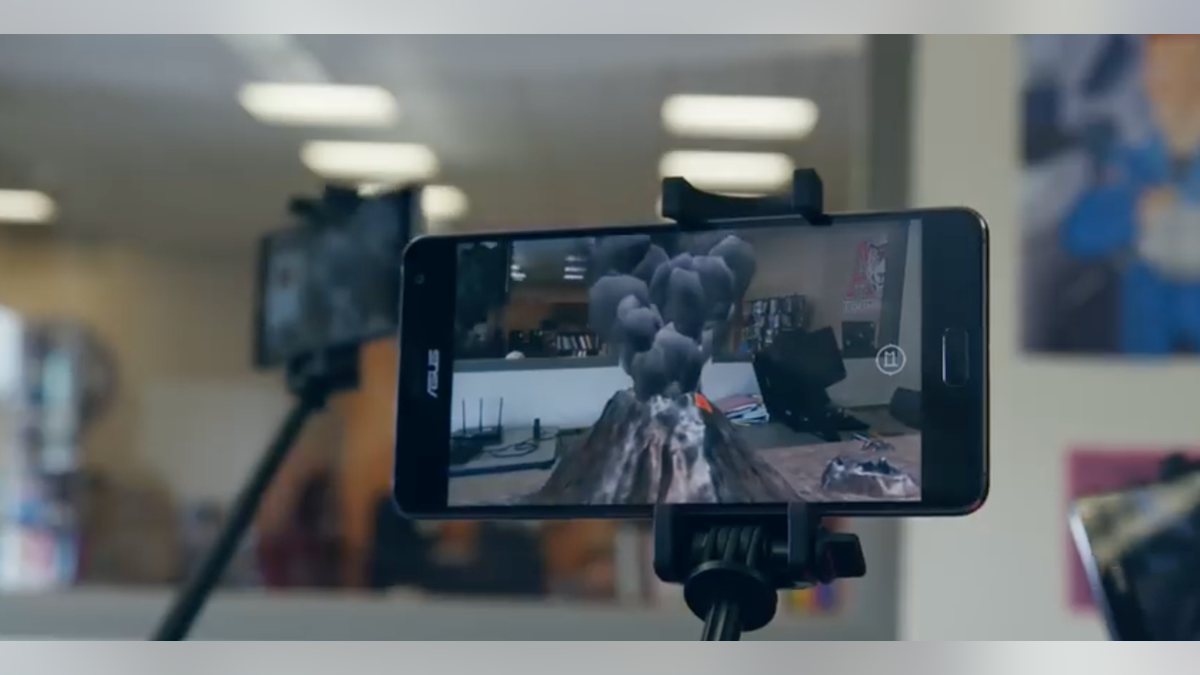
Students take a Google augmented reality field trip (Google)
From 2018 to 2019, Nearpod saw a 63 percent increase in use of virtual reality field trips in Arizona.
“What we’re really striving to do is to help teachers get that 100 percent student engagement regardless of ZIP code, regardless of student learning abilities. … Research shows that when you have engagement in emotion, everything in learning is much more memorable,” said Maria Barrera, Nearpod director of business strategy and operation.
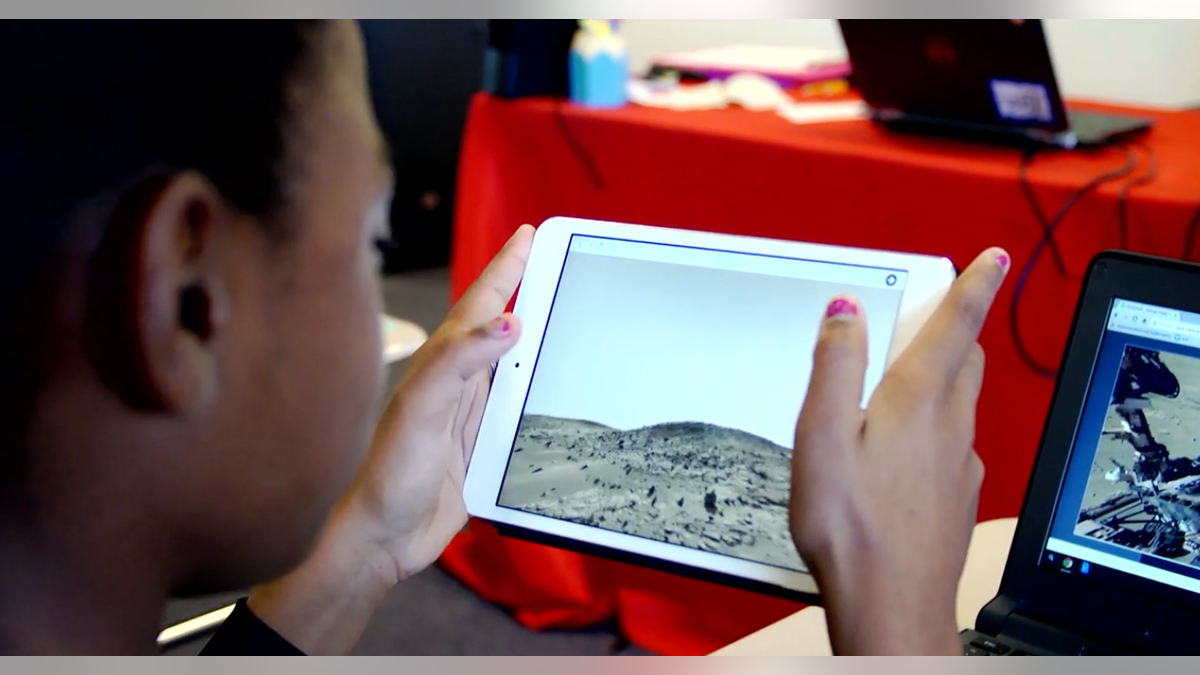
Student takes a Nearpod virtual field trip (Nearpod)
Chris Sulit teaches chemistry at Arizona’s Camelback High School and just this year started using Nearpod virtual field trips, including a trip to Venice, Italy, to improve students' grasp of measurement types.
“I think that this generation is technologically savvy,” Sulit said. “So, if I can incorporate that into the classroom, I think it's going to become that hook, that piece that gets them engaged, that gets them wanting to learn more.”
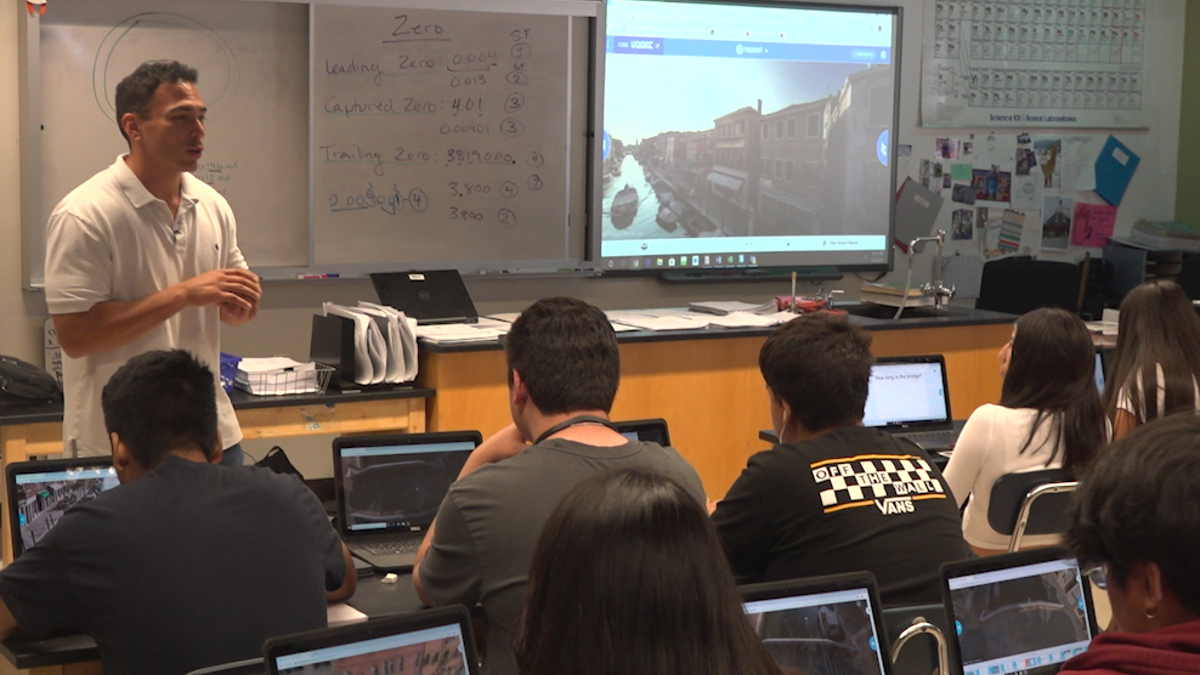
“I think that this generation is technologically savvy,” Sulit said. “So, if I can incorporate that into the classroom I think it's going to become that hook, that piece that gets them engaged, that gets them wanting to learn more.” (Fox News)
Arizona State University’s Center for Education Through eXploration partnered with an ASU sustainability professor to have her students build their own virtual reality field trips last semester.
“If we can use simple technology like cell phones and Google trips and so on and empower students to use the technology, and this generation is so good at technology that they would learn it very fast, that we could create a more affordable way of creating and then disseminating the virtual field trips,” Rimjhim Aggarwal, ASU associate professor at the School of Sustainability, said.
ASU also had a group of students over the summer build their own virtual field trip in a historical part of downtown Phoenix—taking their own smartphone, a mic for the phone, and a 360-view camera.
“Over two weeks we interviewed people, took pictures, took b-roll, and it all came together at 5 am, the day we were supposed to present,” Will Eggert, a Fountain Hills High School senior, said. “So, it worked pretty well. I never knew that I can meet people like this but because of doing the VFT (virtual field trip), it took me places that I didn't know I could go to, so (a) good learning tool.”
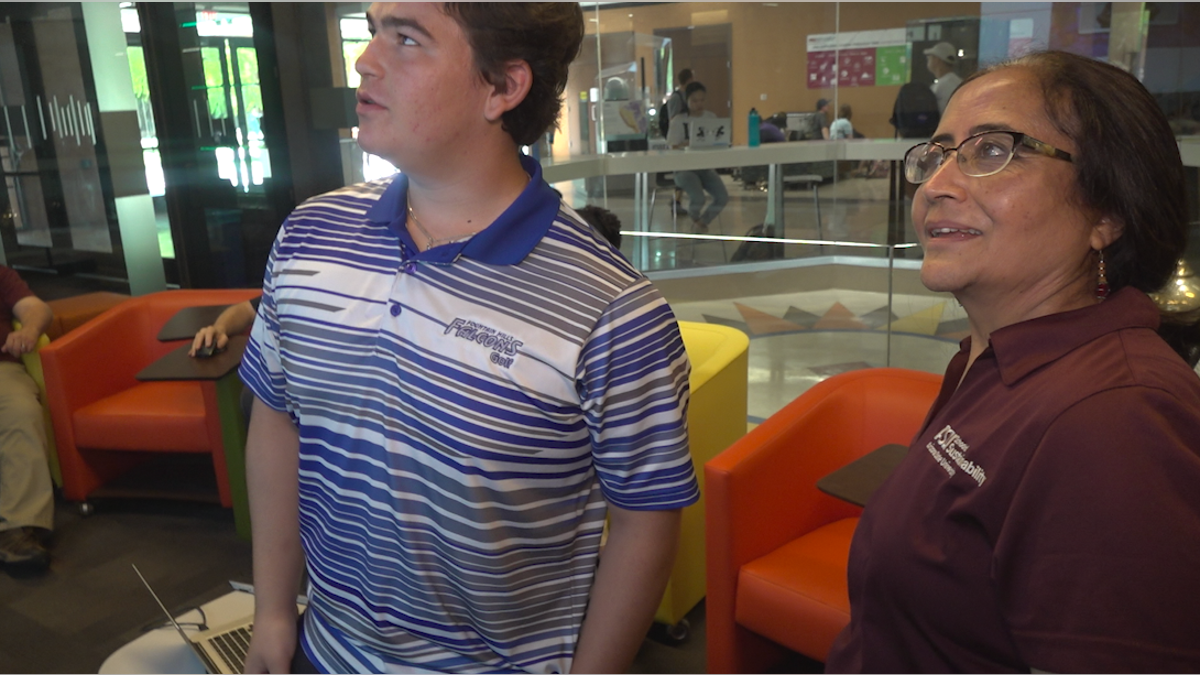
“If we can use simple technology like cell phones and Google trips and so on and empower students to use the technology, and this generation is so good at technology that they would learn it very fast, that we could create a more affordable way of creating and then disseminating the virtual field trips,” Rimjhim Aggarwal, ASU associate professor at the School of Sustainability, said. (Fox News)
7 BACK-TO-SCHOOL GADGETS FOR AN EPIC COLLEGE DORM ROOM
ASU grad student Tom Ruberto’s master theses research was on how effective virtual field trips were as a tool of learning. They took half of a class to the physical Grand Canyon and the other half went online for a virtual field trip. Ruterto’s findings were that “the virtual students’ learning gains (pre and post learning gains) were three times greater than the people that actually went in person.”
“We attributed this to, believe it or not they felt a more one-on-one relationship with the professor watching videos than being part of a group that was tagging along and had difficulty hearing them,” Ruberto said. “The students in person were at the Grand Canyon South Rim looking down whereas the virtual field students, the videos and photos were at rim level.”
Though Ruberto said this was surprising, he doesn’t suggest virtual field trips replace actual field trips in-person but that “they can if they need to.”
While the tech is expanding and becoming more popular, Sian Proctor, South Mountain Community College professor, has been using ASU’s virtual field trips in her classroom for six years. Proctor also built a virtual field trip herself over the summer during a two-month-long expedition on a research drilling ship.
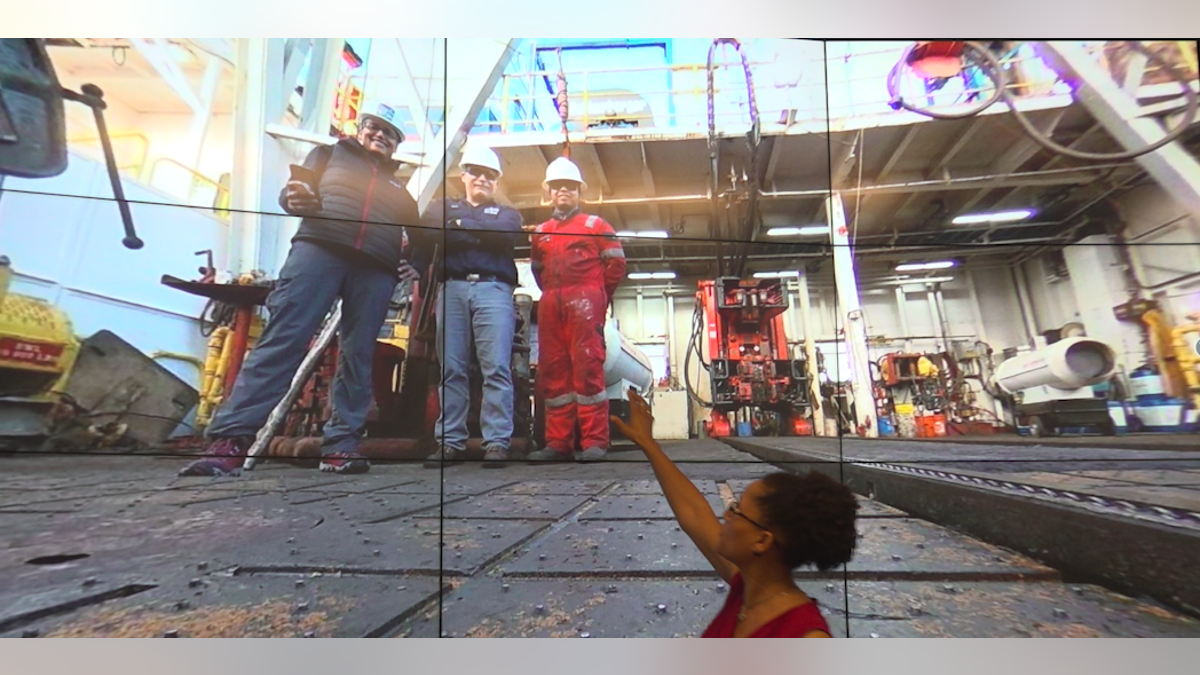
“Why I love this technology so much and getting it into my classroom is because it's hands-on experiential learning,” Proctor said. “The students can actually go out and tell their stories. They can go into the community and share the things that they know and want to learn and easily put it together and then bring that back to the classroom.” (Fox News)
“Why I love this technology so much and getting it into my classroom is because it's hands-on experiential learning,” Proctor said. “The students can actually go out and tell their stories. They can go into the community and share the things that they know and want to learn and easily put it together and then bring that back to the classroom.”
So, the consensus—you may see your students go on another field trip this school year—just from inside the classroom.
“I'm just excited to be able to basically throw the textbook out and do virtual field trips,” Proctor said.




















